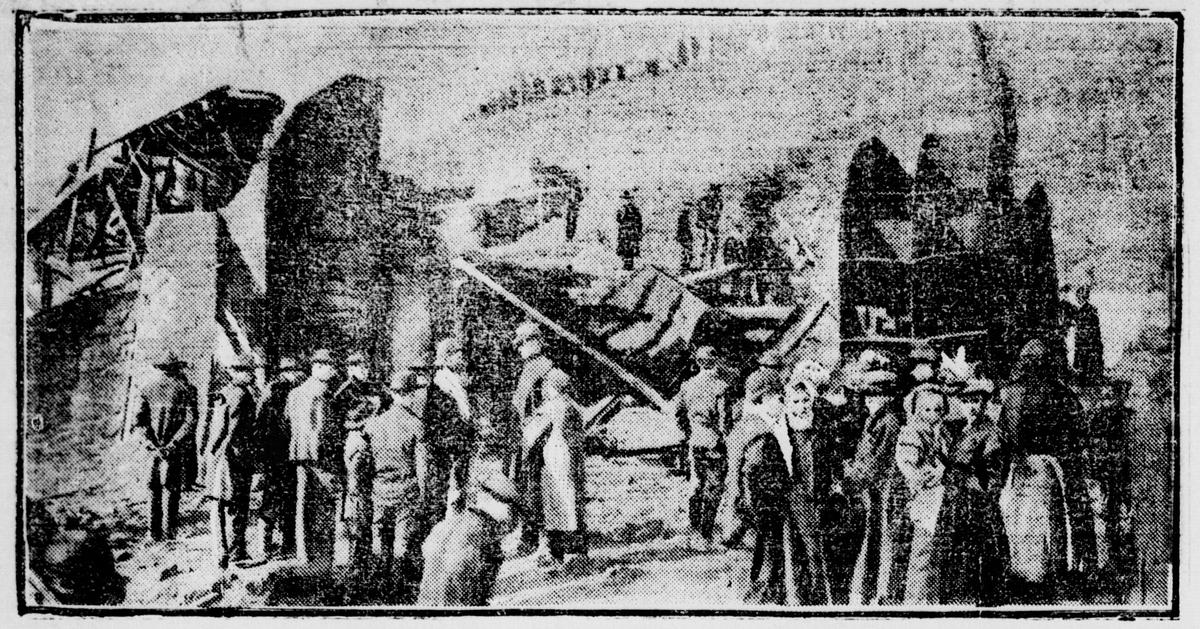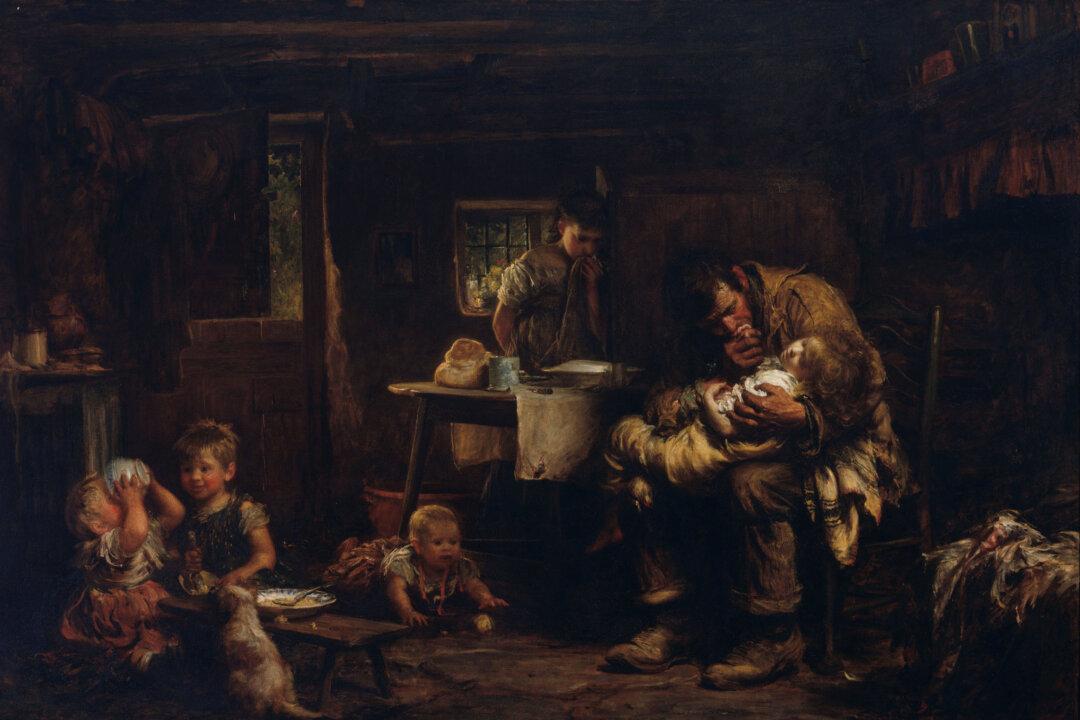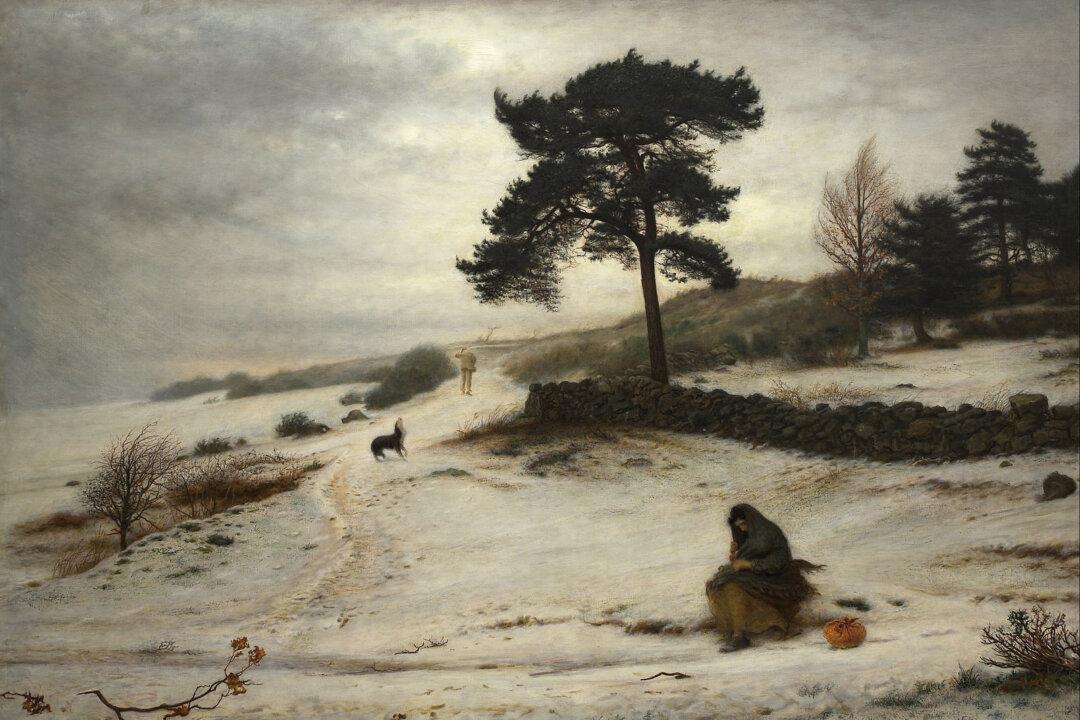Just after 10 a.m. on Dec. 6, 1907, explosions rocked the small town of Monongah, West Virginia. As clouds of smoke rolled into the morning sky, word quickly spread that the N0. 6 and No. 8 mines of the Fairmont Coal Company had blown up, detonations likely caused by dust and gas within the mines. With the entrances collapsed, and the shafts of this gigantic complex filled with rubble, smoke, and gas, rescue efforts were slow, and the likelihood of survivors almost nil.

Widows of deceased miners (R) wait at the the mouth of mine No. 8 of the Fairmount Coal Co., in Monongah, W. Va., while officials retrieve the bodies. Photograph printed in the Spokane Press on Friday, Dec. 13, 1907. Library of Congress. Public Domain






